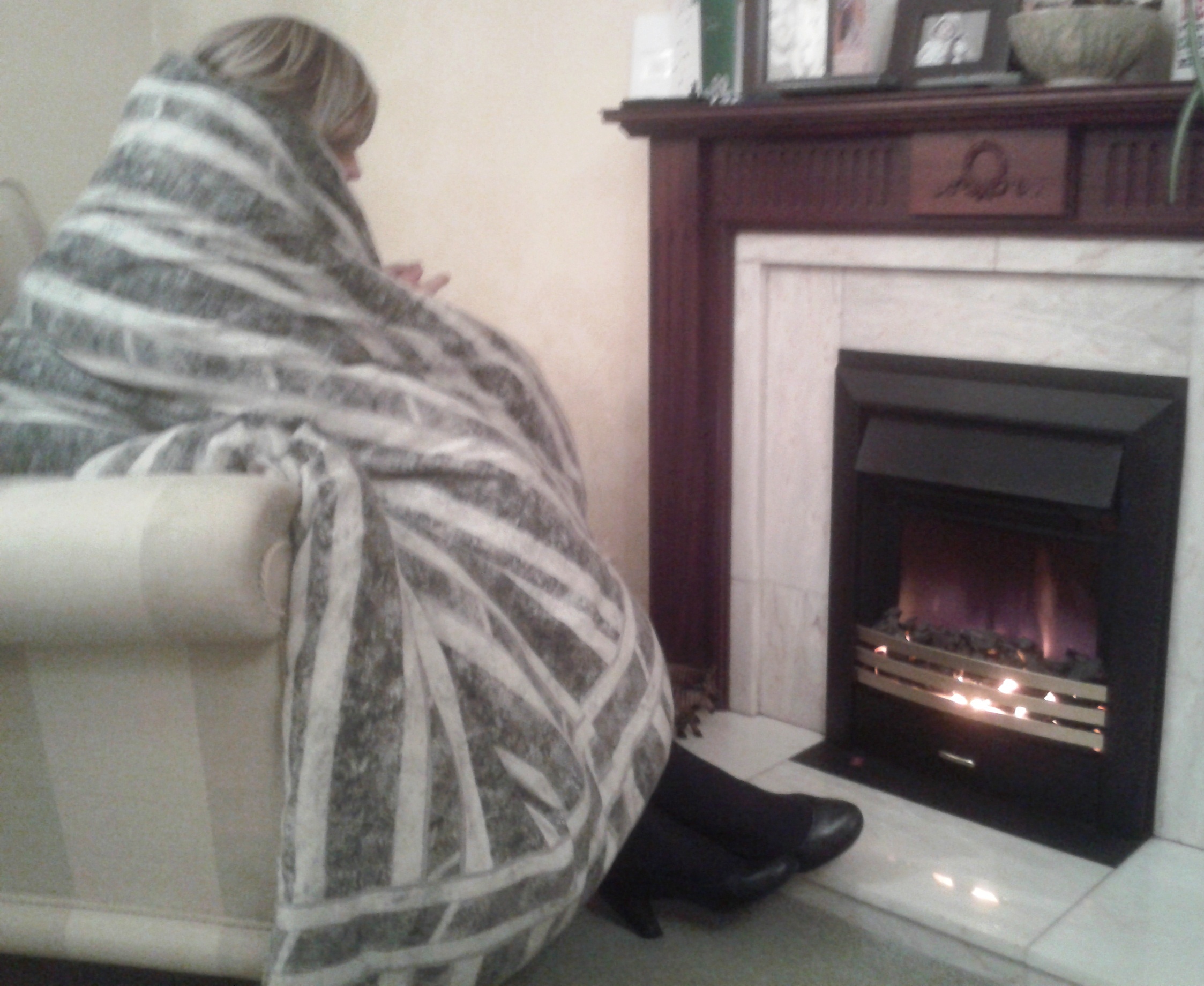
Climate change even threatens our archaeological treasures
One unexpected effect of climate change is that it threatens historical treasures buried at around 22,500 archaeological sites in the UK.
“The problem,” said Midland environment expert Ron Fox, “is that changing weather patterns are drying out some peatlands.”
These waterlogged soils, which cover about 10 per cent of Britain, contain very little oxygen so organic materials like wood, leather and textiles don’t rot and can survive for thousands of years.
“But if these areas begin to dry out, oxygen enters into the ground and the process of decomposition begins so ancient artefacts rot away very quickly.
“As only a tiny part of these potentially huge sites has been excavated so far, it could cost hundreds of millions of pounds and take decades to complete these digs, by which time these historical time capsules may have been badly damaged,” added Ron, of Noreus Ltd.
The trustees of Magna, a Roman fort alongside Hadrian’s Wall on the English and Scottish border, fear the damaging effects of climate change are already happening there.
The site, which was built in AD 122 in the reign of the emperor Hadrian and is celebrating its 1,900th anniversary this year, has subsided by up to a metre in places in the past decade.
Now boreholes have been dug and electronic equipment put in to measure the water flow and temperature every hour to try to work out what is happening underground there.
The potential for what historical treasures could lie hidden is shown by the nearby fort of Vindolanda, a few miles from Magna, where digs have uncovered the world’s oldest boxing gloves which are so well preserved the imprint of the boxer’s knuckles can be seen on one of them.
Also found there was the world’s oldest female handwritten message. In the note, Claudia Severa, the wife of the commanding officer at a nearby fort, invites her friend Lepidina to her birthday party on September 11 about 1,900 years ago.
Whole bodies have been discovered, like the famous Lindow man from between 2 BC and 119AD, unearthed in a Cheshire peat bog in 1984. Other finds at forts have included a toilet seat used by Romans as well as combs, toys and shoes.
But changing weather patterns are not just threatening the survival of Roman remains. Others such as Palaeolithic pathways up to 12,000 years old, and Bronze Age burial sites as well as the remains of more modern settlements and industrial activities are all in danger.
“Wouldn’t it be sad if by not looking after our planet we lost our heritage and the chance to learn more about how our ancestors lived thousands of years ago?” asked Ron, on the University of Keele Science and Innovation Park in North Staffordshire.
“That is why it is so important that everyone moves away from carbon fuels and switches to using green energy and ensuring they have better insulation in their homes to help slow down the rise in the earth’s temperature,” said Ron
For those wanting more advice on environmental issues, insulation and green energy call Ron on 01782 756995.
Caption: Up against the wall – climate change is even threatening our historical buried around our historical sites such as Hadrian’s Wall. Picture: Wikipedia.




